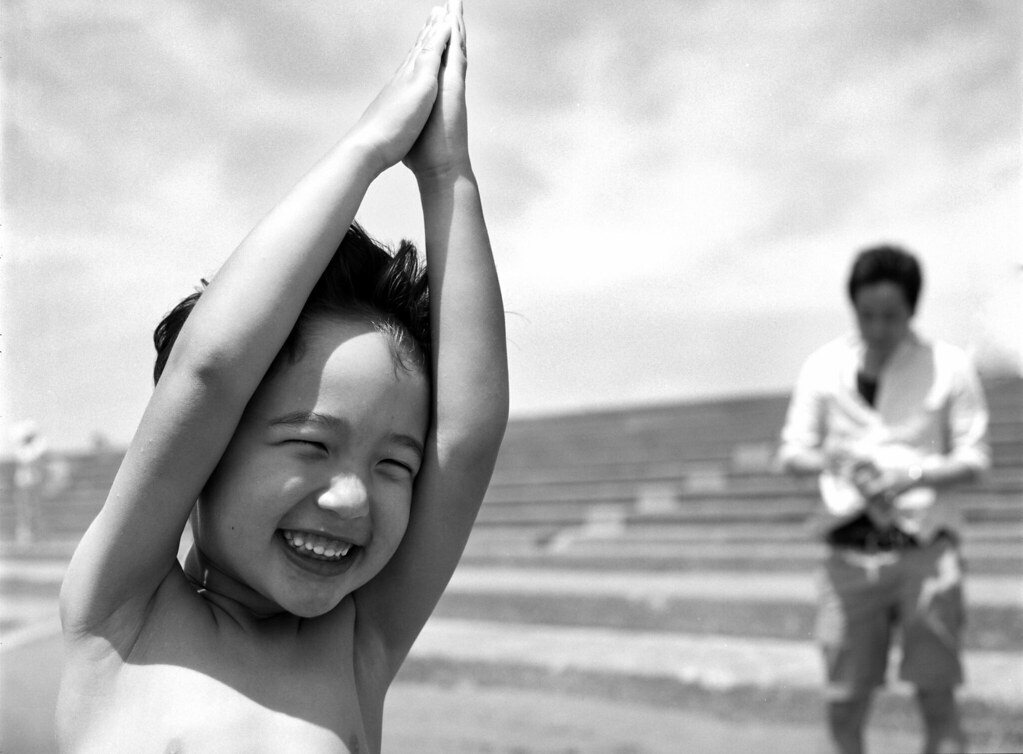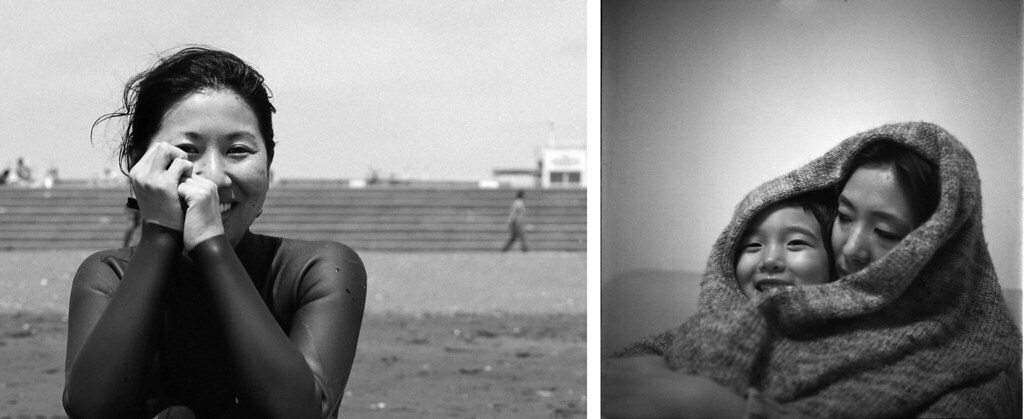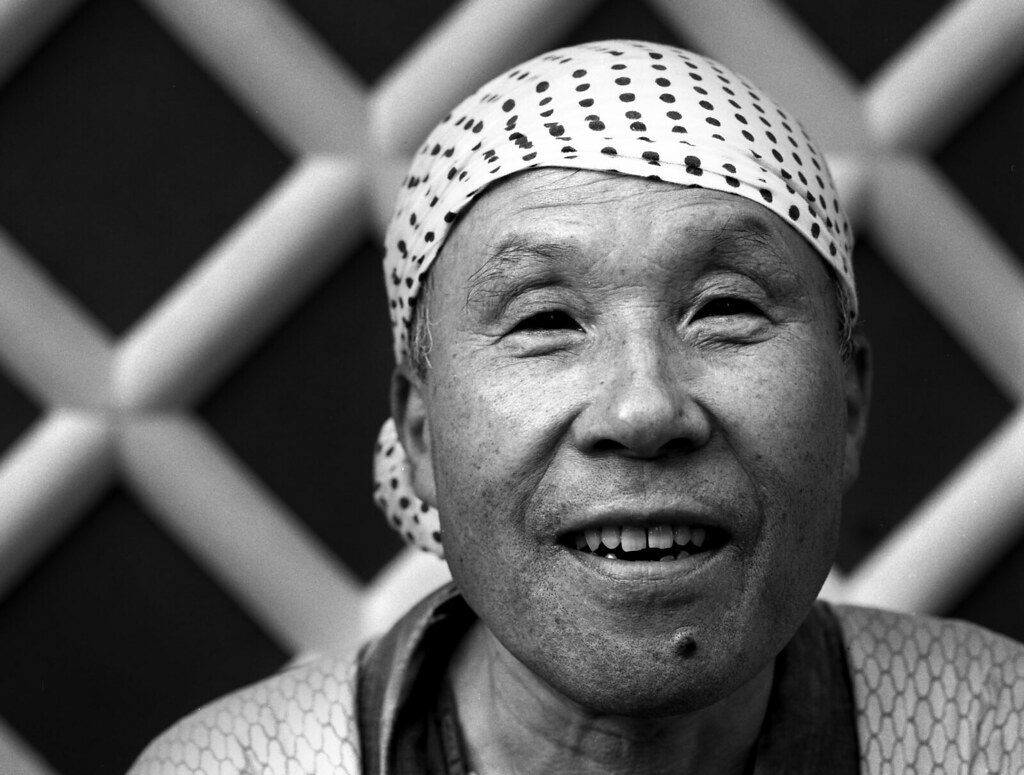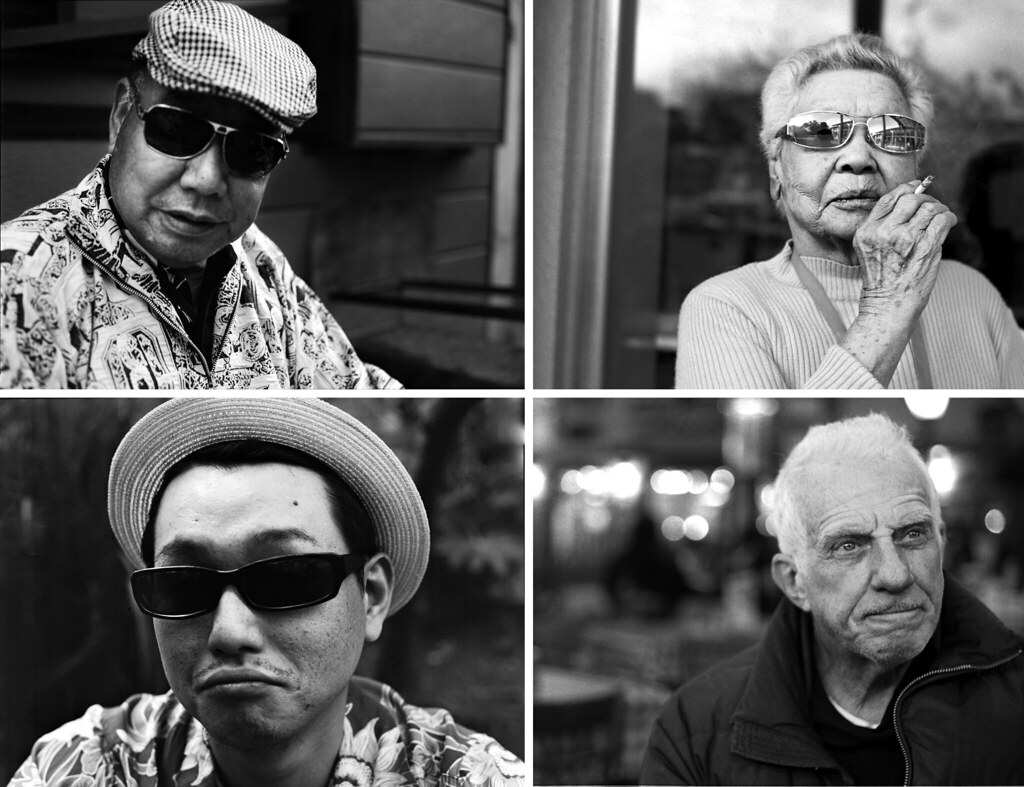Featured #6: Frank Benedek

Tell us something about yourself. I am Ben, 34yo from a little resort town called Siofok in central Hungary. I have been living a bit of a crazy life this past 14 years that had me in Los Angeles for 5 years during University followed by a brief 3 years back home in Hungary where I started my professional career. I have then relocated with the company to Dubai where I spent 3 years and then moved on further east to Tokyo, Japan where I currently live along with my Japanese wife, son and our cranky little Dachshund. I have started out my career in IT and then later moved into Operations. I am currently in charge of the Asia Pacific implementation of a project that allows me to travel this beautiful region and take pictures wherever I go (if i manage to squeeze a little time free from work).
Your personal story with photography. My father is an avid photographer and I have always enjoyed looking at our childhood photos which looked very different from the usual family photos you see. I had Digital cameras all along from the time I was about 20, which meant the resolution was probably VGA and produced pictures as large as 20kb per file. This makes me realize just how quick the years went by… Since then I had a few other cameras of course but nothing worth mentioning.
Fast forward to 2013 December (just months ago really…), I was doing my Christmas shopping and I remembered how much my father enjoyed his old Film cameras and that he has no access to the abundance of gear I have available here in Japan. I found a classic TLR camera at an auction that was bundled with another one since the owner wanted to get rid of both. They required a little servicing but nothing major. Since I had the extra camera, I decided on keeping it. I immediately fell in love with the mechanical nature of these cameras, went and bought film and shot my first roll of film in my life on the 16th of December, 2013. Since that time, I have sold all my digital gear and bought only film cameras. Right now I don’t own a single piece of digital photography equipment, except the brilliant little Lumu meter. :)
I still didn’t figure out what makes my photography but ever since I turned to analog, I have been able to create images that I really like and this drives me forward. I also started a little project which you can see below and read about at the links section.
What do you carry around in your camera bag? I had replaced my business briefcase to a camera bag as I didn’t want to have an excuse not to take photos on work days. I still don’t take many of course as I am busy, but when I need it, the camera is always near. I usually would have one rangefinder camera with me, most often the Leica M3 with a 50mm lens, 2 rolls of extra Kodak TMAX B&W film (that’s all I shoot for now) and the little Lumu in its sleek leather pouch. Other than photography equipment, I’d also carry either my iPad or my Sony reader which helps me through my 2 hours of daily commute (blessing of Tokyo). I’d also have my wallet, iPhone external battery, cables etc. Other than photography, I am very much digital, it’s only with photos that I like the whole antique setting.
On weekends I’d carry 2 cameras, a Rangefinder and a Medium format and plenty of film. For this very reason I actually have two camera bags, a smaller one for the weekdays and the large one for the weekends.
Do you have any current project? These photos are all coming out of my new project, Newdaynewface.com, where I challenge myself to upload at least one portrait a week that is captured on black and white film and self developed at home.
The project is a lot more difficult to achieve than what I had originally imagined but this just adds to the fun of it. Most of these are Medium Format, either taken with my Minoltacord TLR or my newest toy the Mamiya M645 1000S. Since starting the project, I totally resorted myself to only Portrait photos and I’d like to get better at it throughout this year I devoted to the subject.
What do you want to achieve with your photography? I enjoy shooting people the most and I have started focusing mainly (about 90%) on portraits. I don’t quite know what I want to achieve, I started photography because I liked the old cameras and it sort of evolved from there. It’s still early to say what might come out of this all, I am very busy with my day-job in general and only shoot on weekends or when I travel. However, the more I look at it the more I feel that one day I might actually want to start a project for a book or something.
What makes the good picture stand out from the average? A good picture for me is something that’s not obvious. A good picture is something that 99% of the people would pass on shooting at but when they see it on paper, they’d agree it was something unique. As I shoot portraits I often have to wait for people to stop posing and start looking more natural. I sometimes start talking to them while looking through the viewfinder to take their minds off the actual moment and just snap when I feel it’ll look best. For this reason I really like the waist level finders as I am not directly looking at the people I am about to photograph and this makes talking to them less awkward.
What inspires you? First and foremost it’s my father to whom I still send every single shot over so he could comment. Other than that, people in general as well as different cultures inspire me to a great length. When I am dropped into a different environment, I immediately look for pictures, whether the camera is with me or not.
Of course I also enjoy books, for instance the Magnum Contact Sheets is one of my favorite things to look at. It actually inspired me to start using contacts sheets and I now have this done for every roll I shoot and go through it before processing my pictures.
Any words you would like to give to other photographers? Nothing really other than to read my “About the Project” page on my blog. I share a lot of information there that could help people like me who just want to start film photography. I am also showing my gear along with my processes and even prices so people could have a good idea what they are looking at when getting into analog photography.
One other thing I really find useful is to actually print a contact sheet off of the negatives. I do that very simply by placing the cut negatives on the scanner and doing a quick and low resolution scan of it. Once done, I blow it up on my screen and look at it for a few minutes, sometimes even for an hour trying to decide which frame to keep and which to leave behind. Once I’ve selected them, I’d scan the ones I liked in hi-res.
Links!
Photo Project: http://www.newdaynewface.com
FaceBook: https://www.facebook.com/newdaynewfacecom
Instagram: http://instagram.com/newdaynewface





